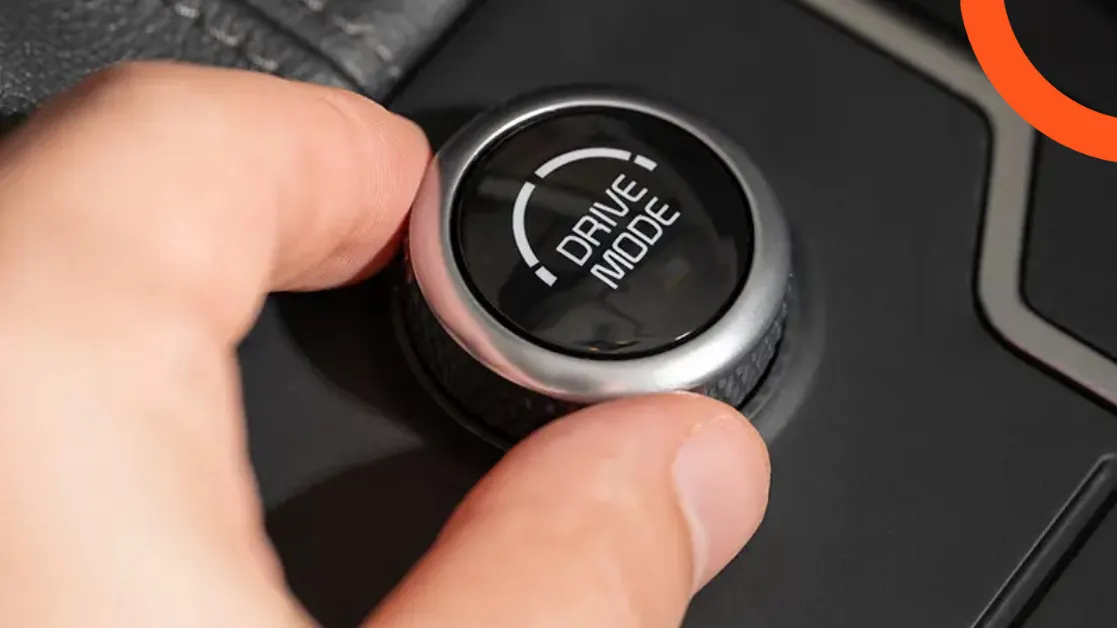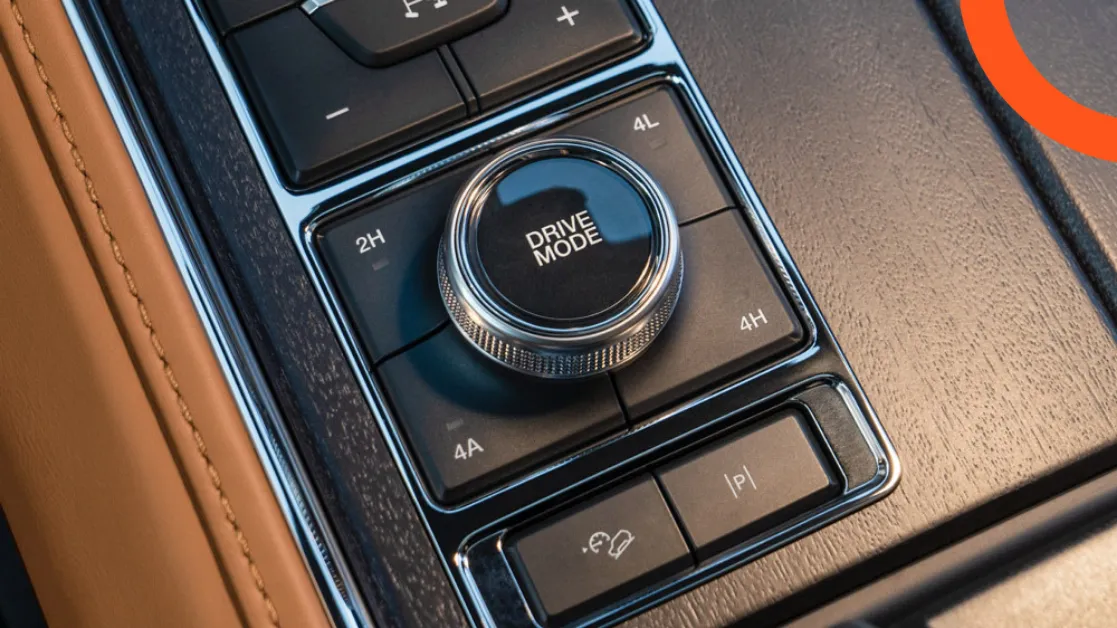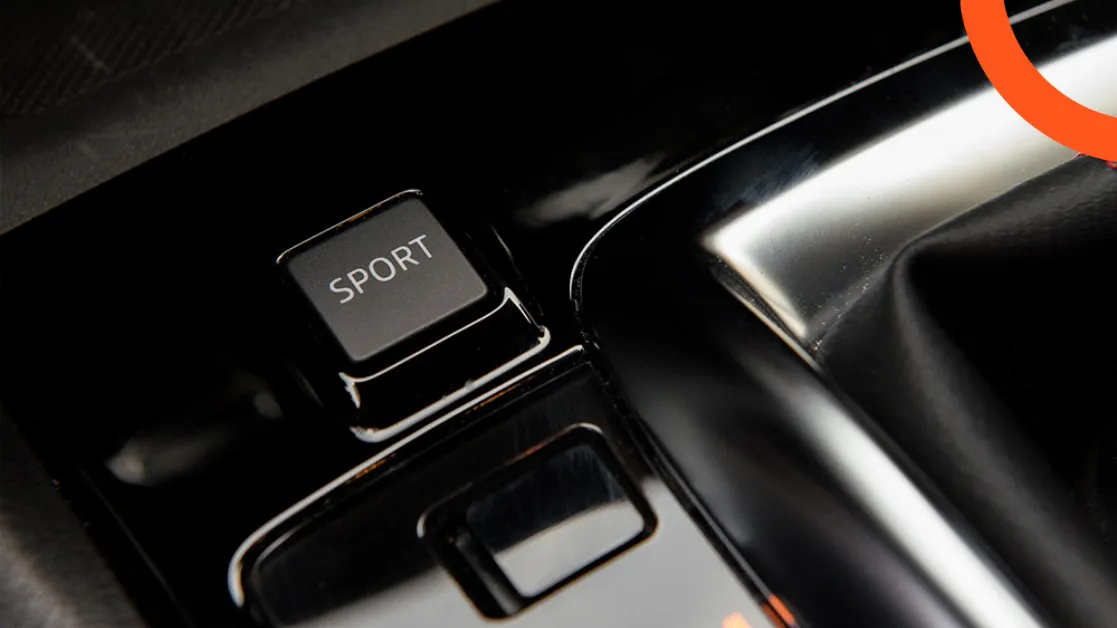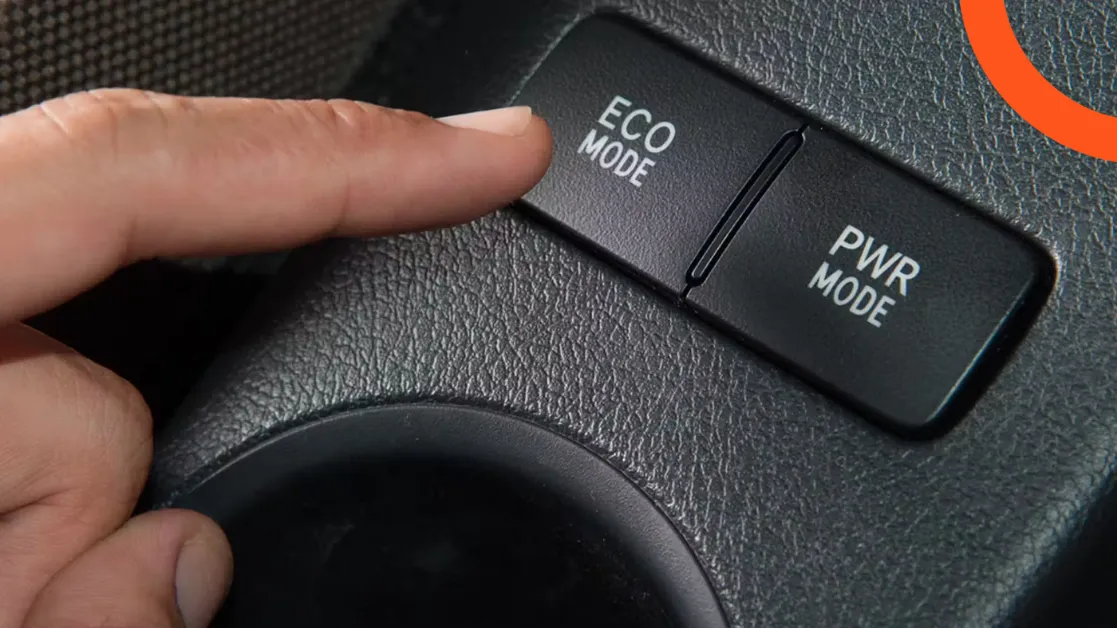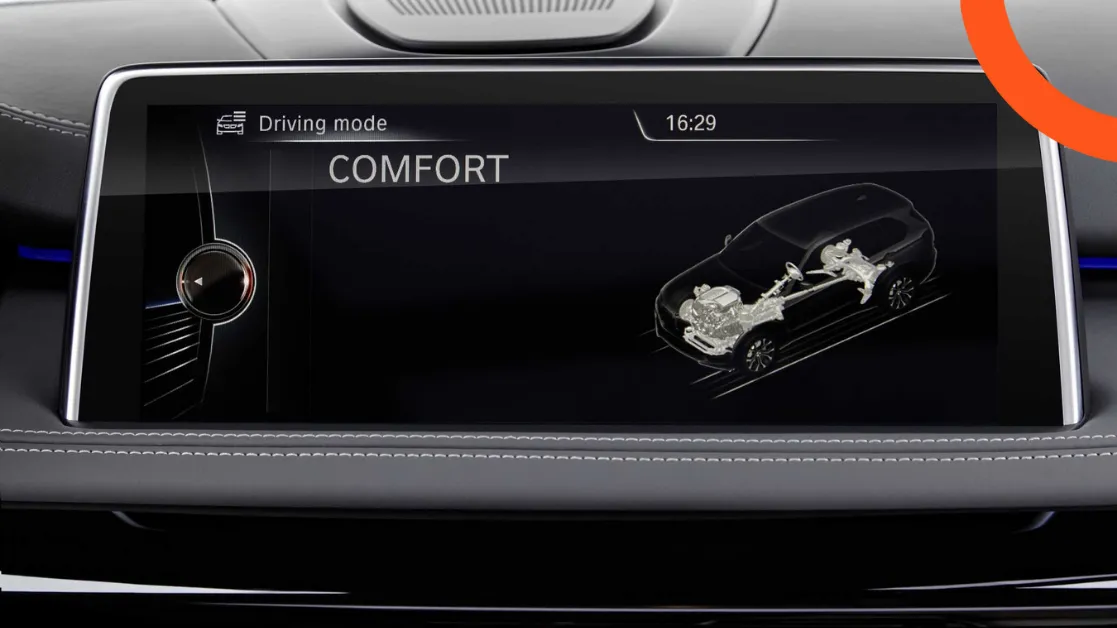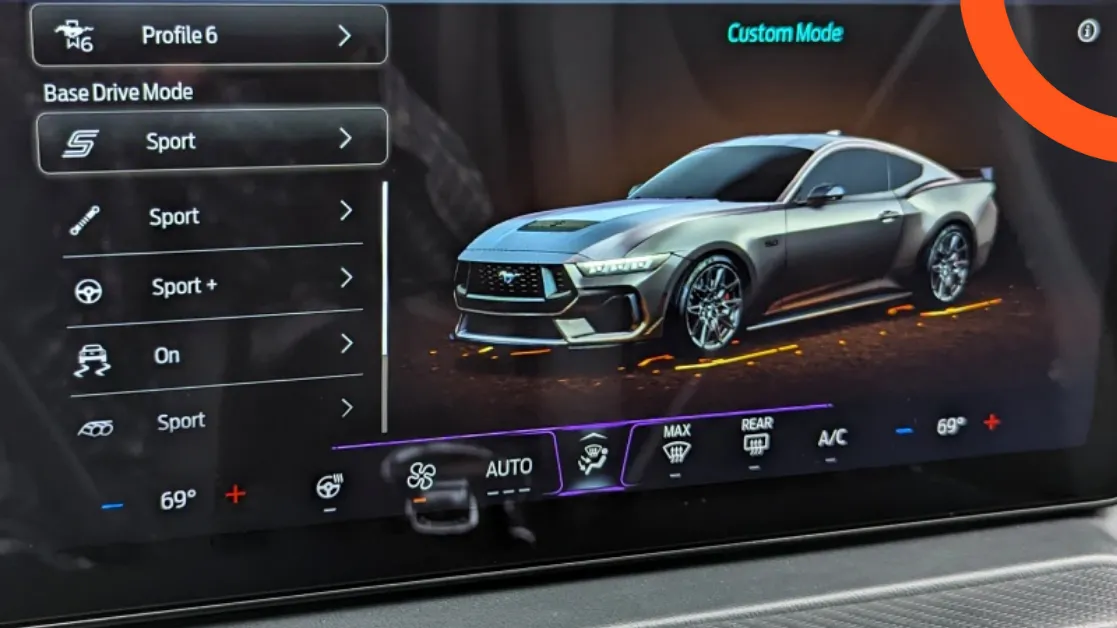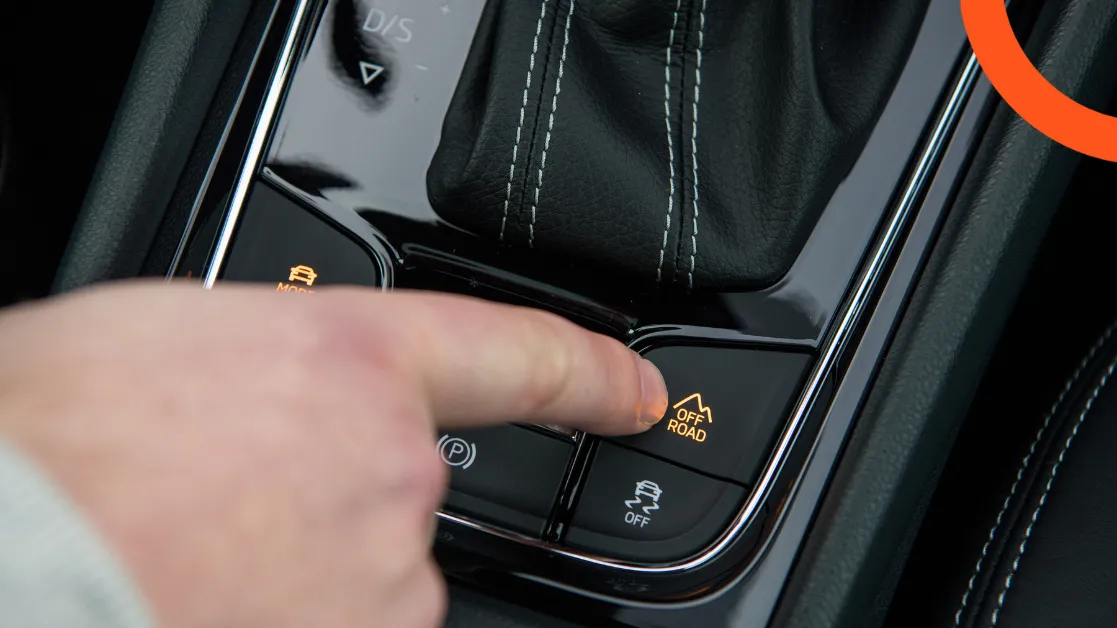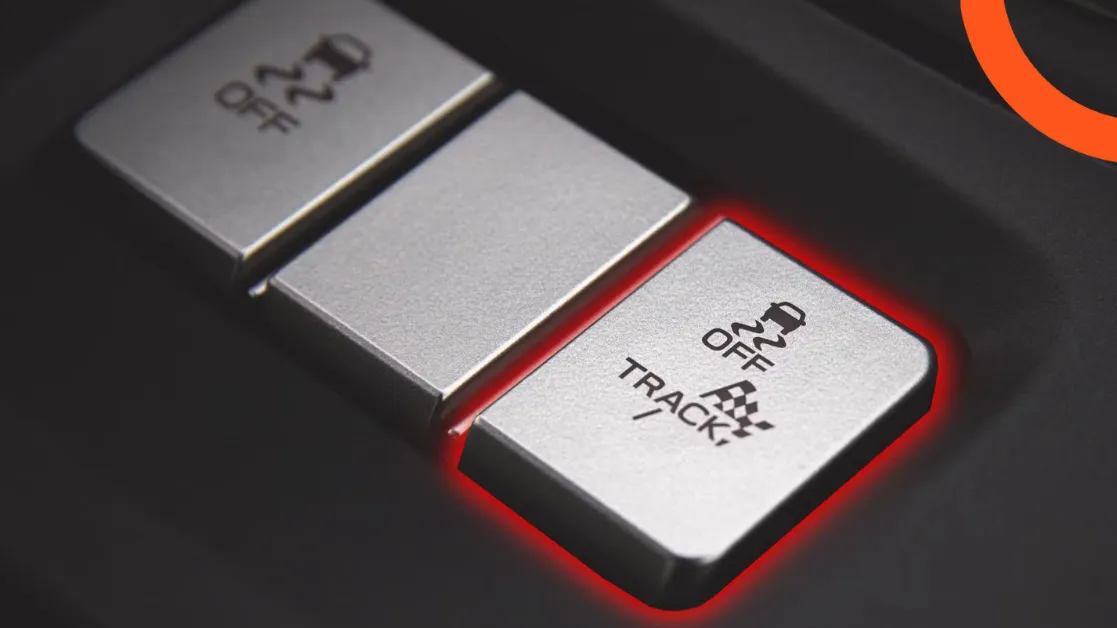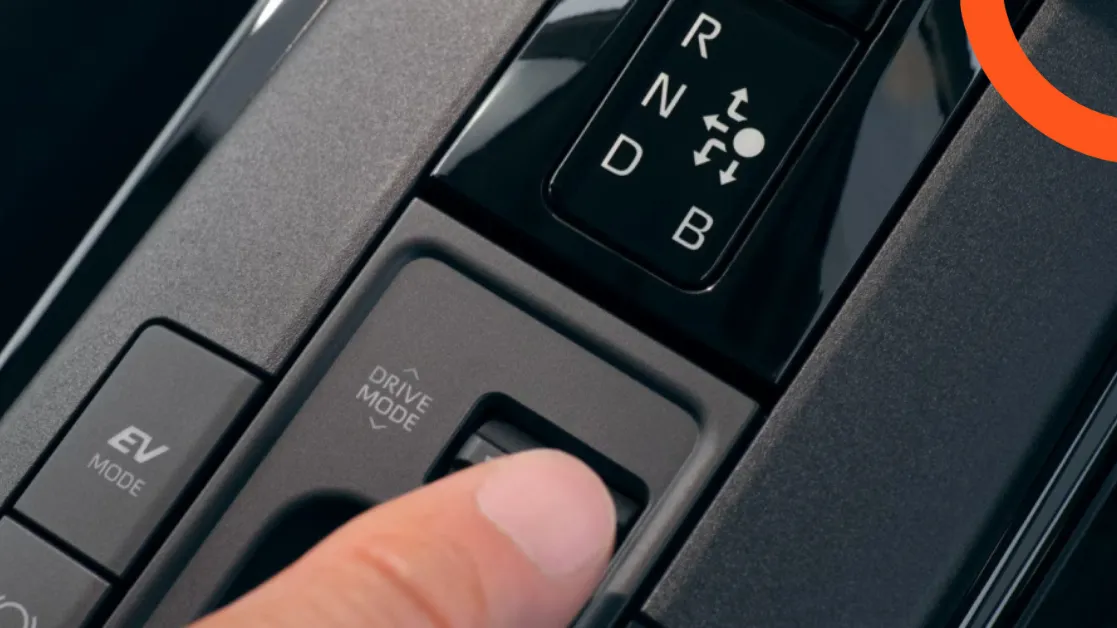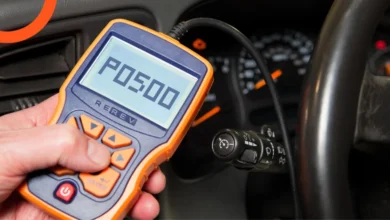Difference Between Driving Modes Explained
Multi-driving systems, known as “Driving Modes” have become one of the most prominent technical features offered by car manufacturers in recent years, especially in modern models. They not only improve vehicle performance but also enhance fuel efficiency and provide comfort and safety according to road conditions and driving circumstances. Each driving mode is designed to grant the driver specific characteristics and performance that suit particular scenarios, from daily driving to racetracks, from snowy weather to rough roads. In the following paragraphs, we will explore the essential differences between these modes, with a detailed explanation of the most famous and widely used ones.
What is Driving Mode?
The driving mode, or “Drive Mode,” is an integrated system within modern vehicle technologies that allows the driver to adjust the vehicle’s performance according to road conditions and preferred driving style. These modes have been developed by manufacturers to provide a more efficient and smooth driving experience that adapts to various scenarios, whether on rough roads, snowy conditions, or even spirited sports driving.
These systems primarily rely on the Electronic Control Unit (ECU), which acts as the electronic brain managing numerous functions in the vehicle, such as the transmission, suspension, steering, stability system, brakes, and even engine performance. When selecting a specific driving mode, this unit adjusts the settings associated with each system to align with the requirements of the chosen mode. For instance, in snow mode, the throttle response is reduced to prevent slipping, and traction systems are adjusted to improve vehicle control on slippery roads. Notably, driving modes have become increasingly available in most modern vehicles, especially in four-wheel drive cars and trucks, due to their ability to enhance control and safety. However, not all cars are equipped with this feature, so it is advisable to ensure the presence of various driving systems when considering the purchase of a new vehicle, especially if you’re looking for performance that suits diverse driving conditions or specific family needs.
Types of Driving Modes and Their Usage
Modern driving systems offer a variety of modes designed to accommodate different road conditions and changing driver preferences. These modes vary in their impact on vehicle performance in terms of responsiveness, comfort, fuel efficiency, and even traction and stability control.
Sport Mode
Sport mode is one of the most appealing driving modes for enthusiasts of strong performance and rapid acceleration. When activated, the vehicle responds more aggressively to the accelerator pedal, providing the driver with faster acceleration and a stronger sense of control. The ECU increases fuel delivery to the engine, enhancing its power and making the car more energetic. Additionally, the steering systems become firmer, and the suspension tightens to provide better response during sharp turns or high speeds.
Notably, the impact of sport mode varies from car to car. While some models offer a moderate sport setting suitable for everyday driving, other sporty models have sport mode directed solely for racetrack use. In advanced instances, the operation of driver assistance systems like traction control may be reduced to give the driver a raw performance feel, making this mode unsuitable for daily use in some vehicles.
ECO Mode
The primary goal of eco mode is efficiency and minimizing fuel consumption. This mode recalibrates throttle response to be less sensitive, preventing the driver from excessively pressing the engine and reducing gasoline consumption. Additionally, the vehicle may deactivate some cylinders or reduce the operation of luxury systems like air conditioning and seat heating to help minimize energy drain.
While the vehicle may feel slower and less responsive in this mode, this is part of a strategy to protect the environment and save costs in the long run, making it ideal for daily commuting in urban areas. Some vehicles also offer an Eco Pro option, a more advanced version of this mode that focuses on enhancing efficiency without significantly impacting the driving experience.
Comfort Mode
Comfort mode is considered the ideal setting for long drives or daily commutes in cities, offering a balance between performance and maximum comfort. When activated, the suspension system becomes softer to absorb road shocks, the steering wheel becomes lighter to reduce effort, and gears shift earlier to maintain smooth performance.
This mode provides a quiet and stress-free driving experience, making it suitable for those seeking smooth and effortless driving, especially in urban traffic or on extended highways. Many drivers prefer it because it represents a balance between eco and sport modes, making it an ideal choice for general use.
Snow Mode
The “Snow” mode is specifically designed to enable the vehicle to handle severe weather conditions like snow or slippery roads. The throttle response is calibrated to be less aggressive, and the torque sent to the wheels is reduced to avoid slipping, while the traction control system is often activated to be more sensitive.
The automatic transmission uses higher gears to launch in order to reduce wheel torque and prevent loss of grip, while braking force is lessened to help maintain stability during sudden stops. This mode is considered one of the important safety features that gives the driver more control in hazardous driving conditions.
Custom Mode
Custom mode, or “custom mode,” gives the driver the freedom to adjust the car’s characteristics according to personal preferences. In this mode, settings such as throttle response, suspension stiffness, steering weight, and even exhaust sounds in some models can be modified. However, manufacturers impose some limits to ensure that the vehicle remains safe and effective while driving. This mode is ideal for drivers who want to customize their driving experience to match their style, as they can, for example, combine sporty settings for the engine with softer suspension or an economic setting with more precise steering, depending on the need.
Off-Road Mode
Off-road driving mode is specifically oriented for four-wheel-drive vehicles and cars prepared to tackle tough terrains. This mode enhances wheel traction through systems like downhill descent control and crawl mode, and may adjust the vehicle height if an air suspension system is available for increased ground clearance.
This mode is ideal for sandy, muddy, or rocky roads, sharing some characteristics with snow mode but with a greater focus on overcoming sharp and winding obstacles. Some models allow customization of the off-road driving mode based on the type of terrain, such as sand, rocks, or mud.
Track Mode
This mode is typically available in high-performance sports cars only, such as supercars or special performance models from well-known manufacturers like BMW (M Mode) or Ferrari (Corsa). In this mode, safety systems like stability control are disabled or reduced, maximizing engine, transmission, steering, and suspension performance. This mode is not recommended for use outside of racetracks, as it requires high driving skill and consumes fuel significantly, while also reducing comfort and control in normal conditions. However, it provides the driver with an immediate sense of full control and maximum possible performance from the vehicle.
Electric Vehicle (EV) Mode
The electric driving mode, known as “EV Mode,” is an advanced feature primarily used in plug-in hybrid vehicles, allowing the car to run entirely on electric power without interference from the gasoline engine, thus reducing emissions and increasing energy efficiency during short drives or in urban settings. When this mode is activated, the car turns off the gasoline engine temporarily and operates solely on the electric battery, enhancing the range of fully electric driving. However, this mode requires the driver to adhere to a calm and balanced driving style, as acceleration response becomes more restrained, and there are often limits on top speed and distance covered, in accordance with the battery capacity.
In plug-in hybrid vehicles, “EV Mode” overrides conventional hybrid operations, keeping the vehicle in pure electric mode until the battery runs out of energy, making it ideal for short trips or driving in residential neighborhoods, especially if the driver knows they will be able to recharge the battery before needing to activate the gasoline engine. However, if the driver requests sudden acceleration or high performance that exceeds the battery’s capacity, the gasoline engine may automatically intervene to provide the required support.
Frequently Asked Questions
What is the difference between Eco mode and Sport mode?
Eco mode focuses on reducing fuel consumption and improving operational efficiency by adjusting throttle response, decreasing air conditioning power, and sometimes deactivating some cylinders in the engine. In contrast, Sport mode aims to enhance performance, making engine response quicker, delivering more fuel for higher acceleration, and shifting the suspension and steering to a stiffer setting for a more dynamic drive.
Do driving modes affect fuel consumption?
Yes, they have a direct impact; Eco mode reduces fuel consumption while Sport mode increases it by enhancing engine performance and responsiveness. Modes like “Comfort” or “Normal” are positioned in between, offering a balance between performance and efficiency.
Do all cars have driving modes?
No, not all cars come equipped with these systems. Driving modes are typically found in modern, mid-range to luxury vehicles, especially in four-wheel-drive, hybrid, or high-performance models.
Can driving modes be changed while driving?
Yes, driving modes can be changed while the car is in motion, and it is often recommended to do so under different driving conditions to maximize benefits. However, some modes, like “Track” or “Off-Road,” may require stopping or reducing speed to activate safely.
Does the driving mode affect the lifespan of the car?
Generally, using the right mode in appropriate conditions helps maintain the car. For instance, excessive use of sport mode may lead to faster wear on certain components, while eco mode alleviates pressure on the engine and extends its lifespan.
Can a custom driving mode be programmed?
Yes, the “Custom” or “Individual” feature allows drivers to adjust settings such as suspension stiffness, engine response, and steering systems according to their personal preferences while staying within limits imposed by the manufacturer for safety.
Does changing the driving mode affect battery consumption in electric vehicles?
Yes, as Eco mode in electric vehicles helps reduce battery consumption by minimizing acceleration and enhancing efficiency, whereas Sport modes consume battery power faster due to higher performance.
Do driving modes vary by manufacturer?
Definitely, each manufacturer may name modes differently and add unique features to each mode. For example, some companies may offer special modes like “Comfort Plus” or “Eco Pro,” and the settings of the same mode may differ from one manufacturer to another.
Can the driving mode change automatically without driver intervention?
Yes, in some smart or electric cars, the vehicle may automatically switch between modes based on road conditions or driving patterns, such as switching to “Eco” during traffic or “Snow” when detecting a slippery surface.
Multiple driving modes are no longer just an additional feature but have become an essential part of the modern driving experience. They enable the driver to make the most of their vehicle under various conditions, whether it’s for comfortable daily driving, economic commuting, off-road adventures, or even sportive journeys on the tracks. Each mode has its characteristics and benefits, and the secret to utilizing them lies in knowing when and how to use them optimally.
As technology advances in the automotive sector, these systems are becoming smarter and more interactive. In fact, some vehicles are now integrating modes automatically based on road data and driving style. Therefore, understanding the differences between these modes and choosing the most suitable one at the right time is your key to a safer, more comfortable, and efficient driving experience.
